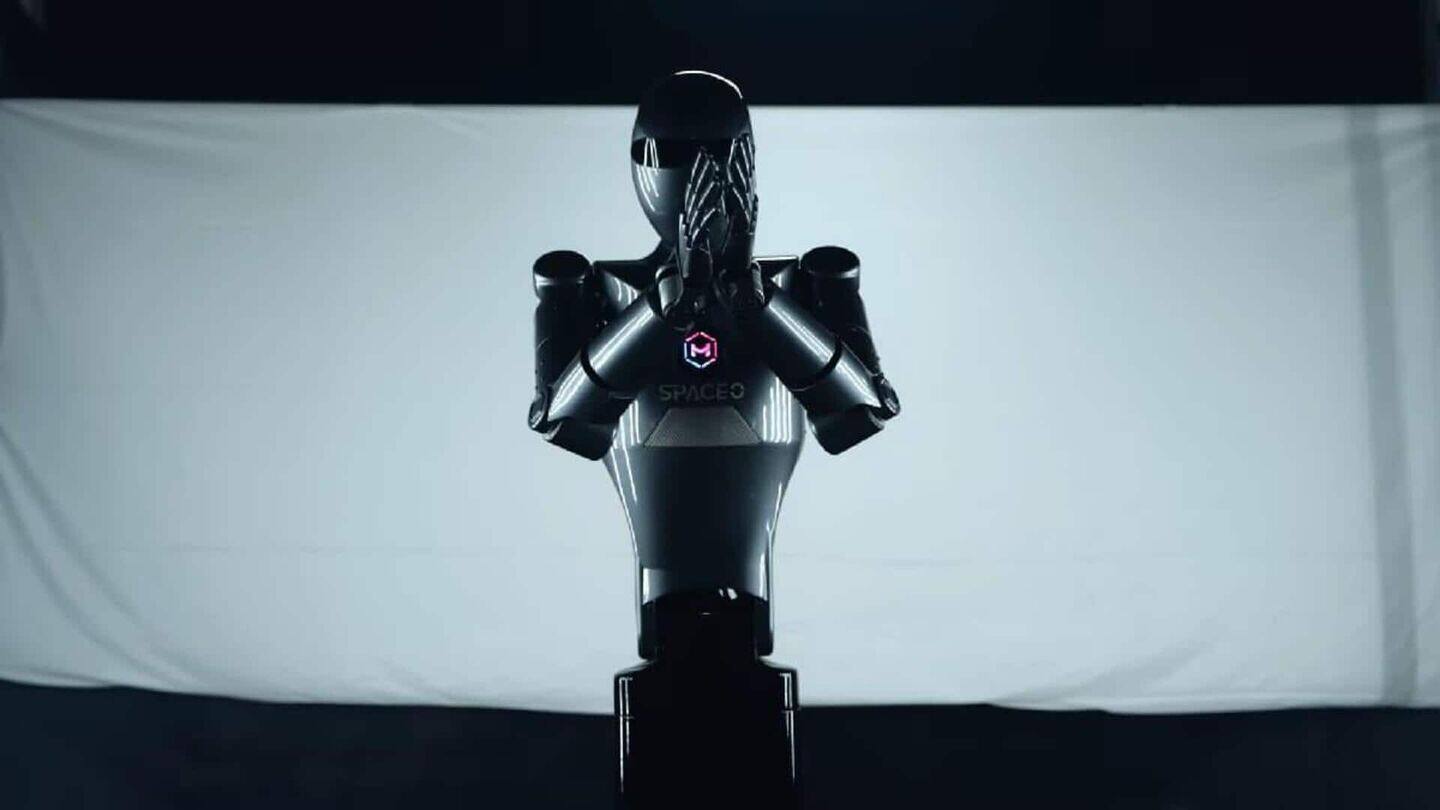
DRDO is developing a humanoid robot for frontline military missions
What's the story
The Defence Research and Development Organisation (DRDO) is working on a humanoid robot for frontline military operations. The project is being led by the Research and Development Establishment (Engineers), a premier lab under DRDO. The goal of this effort is to minimize human presence in high-risk environments, thus improving the safety of troops. The humanoid will also be able to function on tough terrains such as jungles.
Development progress
Four-year journey to create advanced humanoid robot
S.E. Talole, the Group Director at the Centre for Systems and Technologies for Advanced Robotics at R&DE (Engineers), has shed light on the four-year-long journey of this project. The team has created separate prototypes for the upper and lower body parts of the robot, which have been able to perform certain functions in internal trials. The humanoid robot was recently demonstrated at an advanced legged robotics workshop in Pune.
Technical specifications
A blend of human-like movement
The humanoid robot is still in an advanced development phase, focusing on fine-tuning its understanding and execution of operator commands. The system is based on three main components: actuators that create movement like human muscles, sensors that gather real-time data from the environment, and control systems that analyze this information to dictate actions. Talole emphasized the difficulty of smooth task execution requiring balance mastery, rapid data processing, and ground-level execution.
Completion timeline
Humanoid robot to be ready by 2027
The project is expected to be completed by 2027, according to Kiran Akella, a scientist leading the design team. The humanoid's upper body will have lightweight arms with a spherical revolute joint configuration, providing 24 degrees of freedom - seven in each arm, four in the gripper, and two in the head. The robot will perform complex autonomous tasks with closed-loop gripping and manipulate objects like turning, pushing/pulling doors, and opening valves.
Future prospects
Capabilities and potential applications
The humanoid robot will safely handle hazardous materials like mines, explosives, and liquids. It will work seamlessly day or night, indoors or outdoors. The DRDO officials believe legged robots, both bipedal and quadrupedal, hold immense potential in defense and security sectors as well as in healthcare, domestic assistance, space exploration, and manufacturing. However, they also acknowledged significant technological hurdles in creating autonomous, efficient legged robots.